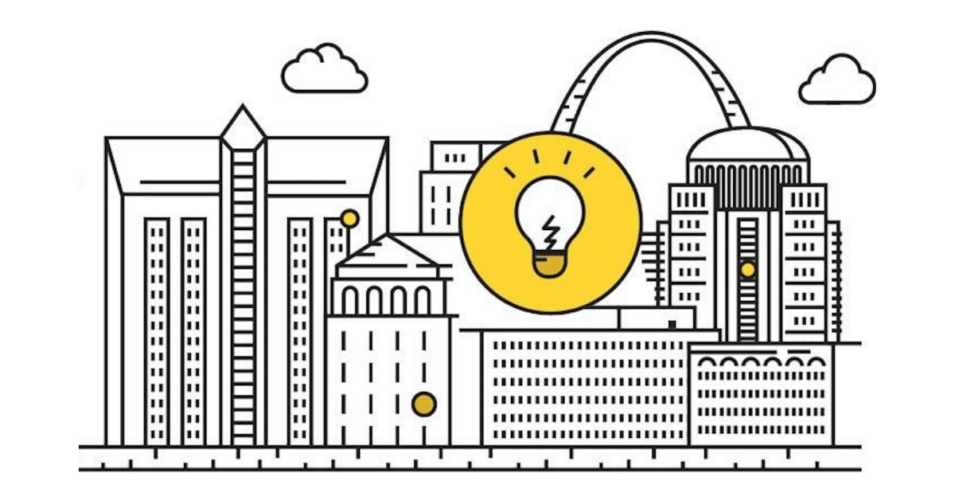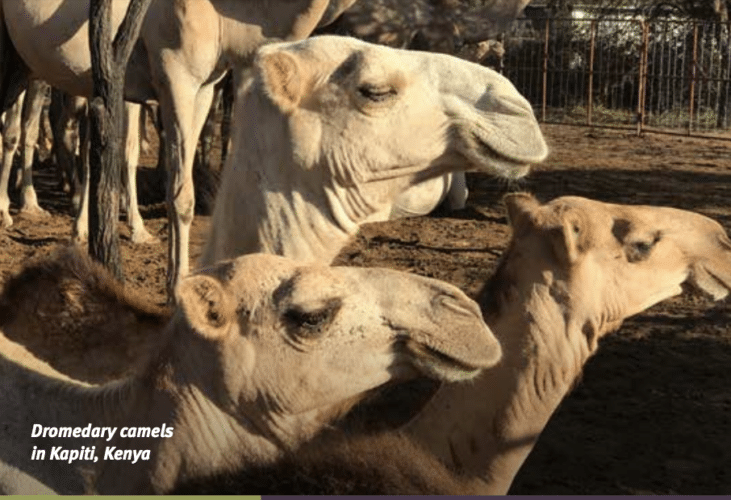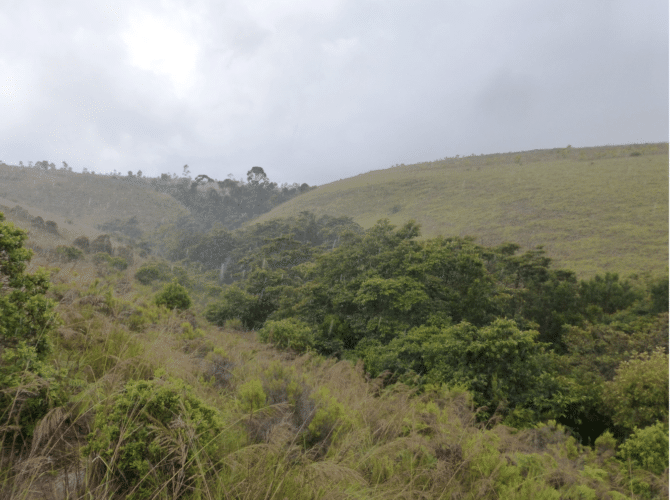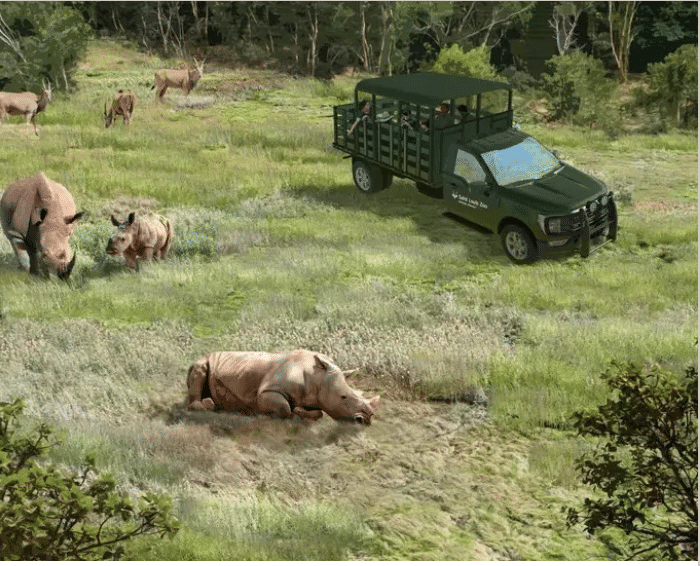
Presented by for Trackbill
How Saint Louis Zoo’s Wildcare Park Benefits Our Region
Mike Fabrizi examines the forthcoming Wildcare Park’s impacts on our region.
Some of these are economic, which stem from the construction project itself, increased Zoo operations, spending by visitors, more tax revenue, and increased property values.
In addition to economic impacts, however, there are also the benefits stemming from enhancing our region’s “creative community”. They make our Saint Louis an even more attractive place in which to live, and tend to attract the “creative” and “entrepreneurial” classes, as do other cultural and civic institutions.
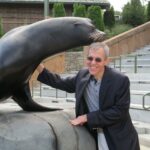
Writing by Mike Fabrizi. Mike Fabrizi was born and raised in St. Louis, Missouri. An expat for 30 years to the Washington, DC area, he recently retired from a career including long stints with The MITRE Corporation, of McLean, Virginia, and The Aerospace Corporation, of El Segundo, California. Mike’s professional interests include complexity and complex adaptive systems, economic complexity, cities, and regenerative agriculture. He looks for ways to bridge the urban-rural divide, and likes to emphasize that which we share in common, not that which divides us. *Most* people everywhere are good. Give them half a chance and the goodness manifests itself. Mike now happily resides back home in St. Louis.

The Saint Louis Zoo is investing about $230 million in a second St. Louis-area campus, this one in North County. Called the Wildcare Park and slated to open to the general public in 2027, this new facility will support animal research and breeding.
Saint Louis Zoo Wildcare Park Expected to Open in 2027
Visitors will get to see exotic animals – 250 in all – as they would appear in the wild, with the herds roaming over a spacious, 425-acre grassland and wooded area. Work on the project began in 2019. Mr. Sabarras George is the Wildcare Park Director.
Potential Socio-Economic Impact of the New Wildcare Park on our Region
In terms of expected benefits from the Wildcare Park, some of these are economic, which stem from the construction project itself. For example, increased Zoo operations, spending by visitors, more tax revenue, and increased property values.
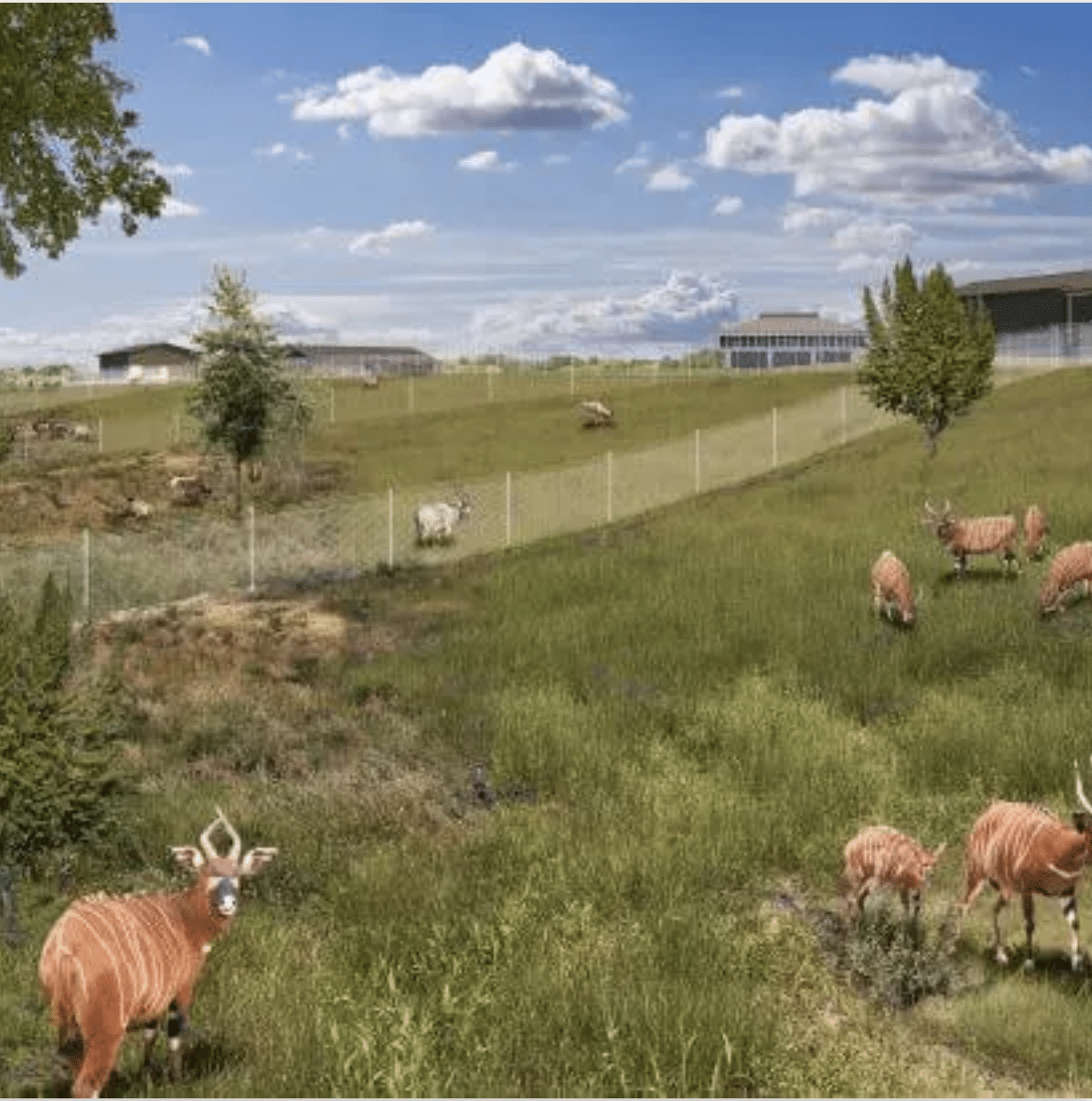
However, in addition to economic impacts, there are also the benefits stemming from enhancing our “creative community” in the region. They make Saint Louis an even more attractive place in which to live, and tend to attract the “creative” and “entrepreneurial” classes, as do other cultural and civic institutions.
I argue that the Zoo and Missouri Botanical Garden have a “double punch” effect, as these organizations effectively nurture and support the bioscience expertise that is one of our region’s core competencies, and the source of its competitive strength.
The expertise needed by a world-class zoo or botanical garden encourages bioscience scholarship and research at local universities. This expertise is closely related to and overlaps with that needed by bioscience, medical science, and plant science enterprises and startups.
Thus, the St. Louis innovation districts benefit by having an even greater store of intellectual capital and highly educated, skilled people by which to add value and birth new companies.
Impact Analysis and Regional Benefits
The Two Scenarios
The Wildcare Park Economic Impact Analysis considers two scenarios: City/County and Metropolitan Statistical Area (MSA) designations. Economic impacts are broken out separately.
The first scenario considers the impacts of spending on things like dining out, retail, and overnight accommodations by people from outside St. Louis City and County who visit our area primarily to see Wildcare Park.
The latter considers the impacts of this spending by people residing outside the MSA. In both scenarios, spending from visitors originating outside our area is considered incremental, which would not otherwise be spent on local businesses.
It represents the spending of these people during their stay in our area. People who reside here are assumed to generate no incremental spending, as their spend would go to local businesses whether or not they visited Wildcare Park.
Hence, the Canopy and Tourism Economics economic assessment is conservative, in that it attempts to avoid double counting the spending of “local tourists” on “staycations”. That said, some of the economic impacts, such as increased salaries and spending as a result of Zoo operations in support of Wildcare Park, are the same in both scenarios.
Economic Impact Benefits
Summary Level Benefits
The Impact Analysis indicates that benefits will primarily accrue to industries such as recreation and entertainment; insurance, finance, and real estate; food and beverage; lodging; retail trade; education and health care; communications; and transportation.
Over a 14-year period, from 2021 through 2035, the business sales resulting from Wildcare Park tourism and the increased Zoo operations in support of the new facility are estimated as $599.3 million for the City/County scenario, or $661.8 million for the MSA scenario.
This does not count additional personal income, such as the incremental salaries, tips, and wages at local restaurants stemming from these visitors eating out. Neither does it count additional taxes collected at the local, state, and Federal levels. These are separate benefits, as are increases to property values having this new civic institution in our backyard. What’s more, there are considerable benefits to our area from this project’s buildout phase.
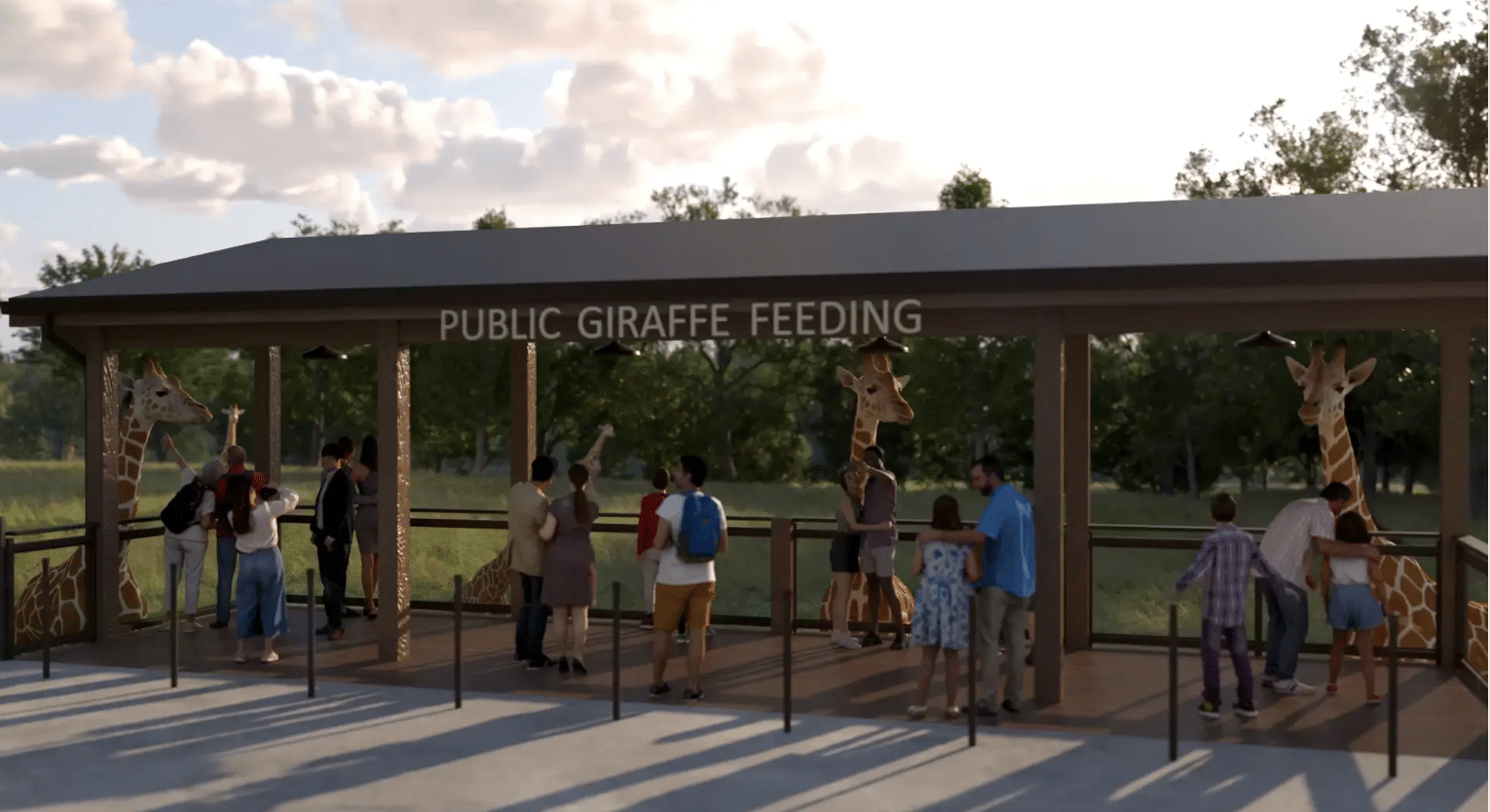
Direct, Indirect, and Induced Benefits
Many economic benefits stem from direct, indirect, and induced effects.
The direct effects accrue as a result of Zoo operations, food and beverage sales, lodging, retail sales, entertainment (such as going out to the movies after seeing Wildcare Park), and local transportation.
Indirect effects consist of supply chain effects as well as business-to-business sales of goods and services. For example, a restaurant in North County, which enjoys additional sales as a result of Wildcare Park visitors, might have to buy additional cleaning supplies from a janitorial vendor, or additional cooking supplies from a food service vendor.
Induced effects consist of “income effects” as the additional salaries and wages resulting from Wildcare Park, in turn, are spent, stimulating additional economic activity and creating even more jobs.
Tables 1 and 2, below, breakout these benefits for the city/county and MSA scenarios, respectively.
| Benefits | Direct | Indirect | Induced | Total |
|---|---|---|---|---|
| Business Sales | $356.9 | $155.9 | $86.5 | $599.3 |
| Personal Income | $144.7 | $61.5 | $36.5 | $242.6 |
| New Jobs | 269 | 60 | 39 | 368 |
| Benefits | Direct | Indirect | Induced | Total |
|---|---|---|---|---|
| Business Sales | $346.5 | $146.0 | $169.3 | $661.8 |
| Personal Income | $145.1 | $54.5 | $65.0 | $264.6 |
| New Jobs | 250 | 57 | 76 | 384 |
Incremental Taxes Collected
The estimated incremental taxes to be collected are detailed in Table 3, below, for both the City/County and MSA scenarios.
| Taxes | City/County | MSA |
|---|---|---|
| State & Local | $42.9 | $49.9 |
| Federal | $35.6 | $47.4 |
Increased Property Values
The Economic Impact Analysis also delves into project impact on nearby property values. These estimates are derived from historical data detailing impacts of “greening” improvements in Philadelphia and Oakland.
Such benefits accrue most powerfully to homes within a quarter mile of the Wildcare Park perimeter; however, benefits also accrue to properties as much as a mile distant. Table 4, below, details these estimated increases.
| Distance from Wildcare Park | Estimated Percentage Increase in Appraised Value | Estimated Average Increase to Appraised Value |
|---|---|---|
| No More than 0.25 Miles | 4.0 | $5,263 |
| Between 0.25 and 0.50 Miles | 3.5 | $2,867 |
| Between 0.50 and 1.00 Miles | 3.0 | $1,980 |
Considering the current value of the properties in this area, the average increase to appraised values is estimated to be $2,585. Total increase to all affected properties is over $5.8 million.
Pricier homes would, in turn, generate additional tax revenue from property and real estate taxes, but these were not detailed in the Economic Impact Analysis.
Buildout Benefits
As noted above, the Wildcare Park buildout is estimated to cost about $230 million. This is a large undertaking, and will result in business sales, increases to personal income, job creation, and incremental tax revenue, as detailed in Table 5, below.
Other Economic Benefits
The Economic Impact Analysis also notes health benefits. Wildcare Park presents an opportunity to walk through an enjoyable setting.
People who frequently do may enjoy benefits such as weight loss, better cardiovascular conditioning, etc. While difficult to quantify, these tend to have economic benefits such as reduced spending on healthcare, reduced absenteeism stemming from illness and poor health, etc.
Finally, the Economic Impact Analyis notes that there may be additional benefits for area businesses in addition to those noted above. For example, nearness to this attractive asset might make it easier for local businesses to attract, hire, and retain employees, who will be more likely to regard this area as a desirable place in which to live.
Creative Community Benefits
Wildcare Park will bring our region more than the economic benefits described in Canopy Strategic Partners and Tourism Economics study, detailed and extensive though it is. In addition, there will be benefits stemming from further nurturing our region’s creative economy.
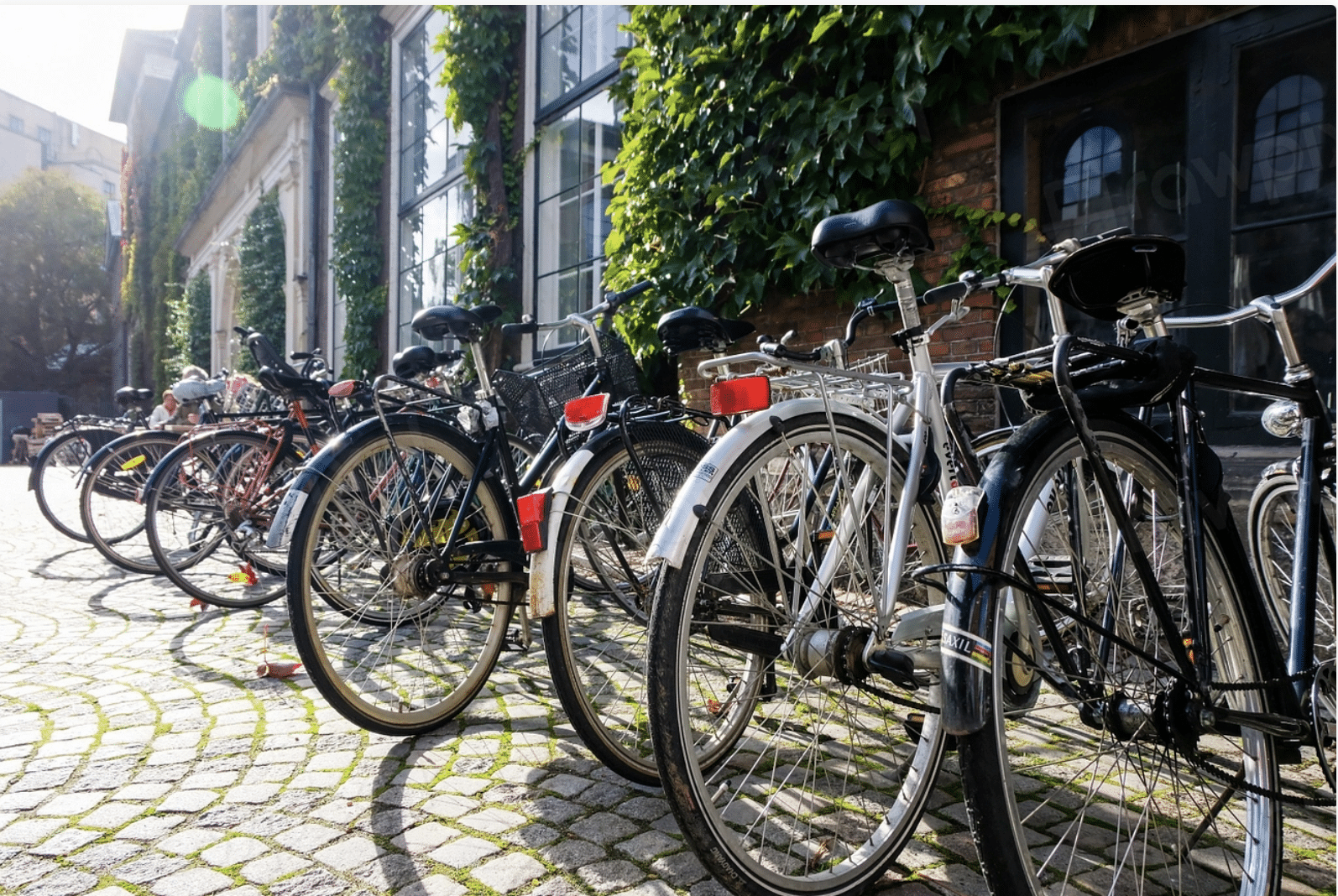
The Creative Class Argument
The creative class argument is often attributed to Richard Florida, an urban economist at the University of Toronto (see, for example, The Rise of the Creative Class). It’s actually is a cool real-world example of the self organization that characterizes complex, adaptive systems.
In essence, it says that having great civic and cultural institutions, such as museums, symphonic halls, opera, and public gardens tend to attract people who highly value these things. They want to move in and live here.
These folks tend to be highly educated and with lots of expertise. Some of them will found startups. Others will move from being employees at startups or in creative economy enterprises to becoming founders of startups.
In addition, these creative and entrepreneurial types will foster new civic and cultural institutions and contribute to existing ones. Both the vibrant entrepreneurial community and the flourishing cultural amenities will tend to attract yet more creative and entrepreneurial types into our area.
These, in turn, will seed yet another generation of entrepreneurs and founders, which will encourage more creative class activity and attract more like-minded people into the area … Thus, the positive feedback loop creates a virtuous cycle, which builds on itself.
These cultural amenities also create a sense of topophilia, or the love of place that bind people to an area, often for generations, and create the networks of trust, or social capital, that are vital to startup communities.
In The Startup Community Way, Brad Feld and Ian Hathaway describe having a vibrant creative community as a prerequisite to building a startup community.
They relate a conversation between a representative from a university in New Zealand and counterparts from the successful startup community in Jerusalem, Israel. The New Zealanders earnestly wanted to build a startup community in their country, and were prepared to invest a few million dollars to seed 200 startups.
The successful Israeli startup leaders replied that the money would likely be lost, and advised instead investing it by starting 200 rock bands. They were not being flippant, but were making the point that startup communities are much more likely to succeed in cities already disposed of a healthy, vibrant cultural scene.
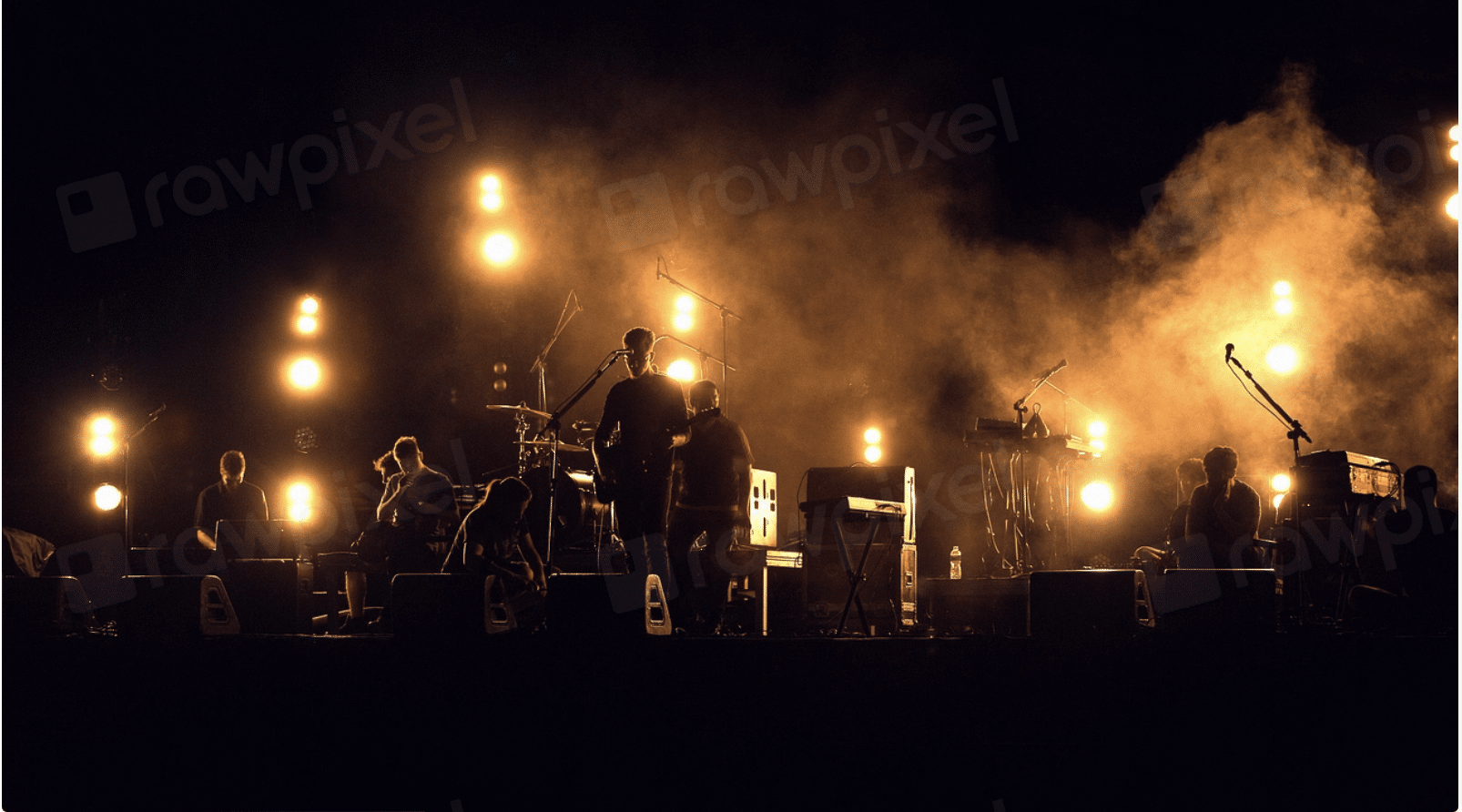
More Good Things, Like Increasing Economic Complexity
However, I suspect there is much more. As I have argued elsewhere in this publication, bioscience is a St. Louis core competency, and the source of our regional competitive advantage.
AgTech firms want to locate here, as do medical science startups. Wildcare Park and the Saint Louis Zoo build on and enhance this strength. They are cultural assets that nurture and expand our existing base of bioscience intellectual capital.
The same is true for the Missouri Botanical Garden. They are likely to motivate research and study at our universities that will expand our bioscience information.
Moreover, as these students and researchers learn to work together and with other people, and as the firms in which they are employed or which they found learn to work together in business ecosystems, the area’s bioscience-specific knowhow is increased. Increasing information and knowhow is to increase the region’s economic complexity, a pathway to future prosperity.
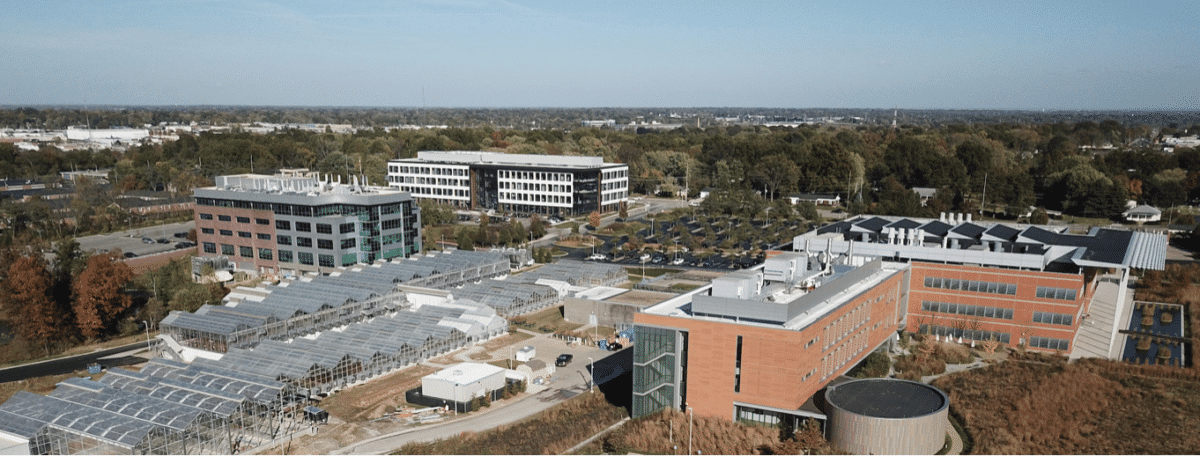
St. Louis’ Plant Science and AgTech Core Competencies (Source: The Donald Danforth Plant Science Center)
Hence, the intellectual ferment brewed by Wildcare Park, the Zoo, and the Missouri Botanical Garden is likely to spillover to and nourish the startups in our innovation districts and beyond.
Some founders in our startups will have been taught bioscience in local universities by professors who themselves learned much by pursuing research for the Zoo and the Garden. An example of joint research being undertaken by Washington University in Saint Louis, the Zoo, and Missouri Botanical Garden is the Living Earth Collaborative.
Conclusions
Get out and enjoy the Zoo, the Wildcare Park, and the Missouri Botanical Garden! These are cultural gems that are good for our region.
They will attract into our area the kinds of people we need to build the City and County we want, and will add to our already considerable stock of bioscience information and knowhow. They will likely make our innovation community even stronger.
The economic impact benefits, which are significant, will also make us more affluent and will give us the tax revenue to pull up those who were bypassed by the rising tide of affluence and will also make us better able to fund public goods, like public safety and transportation.

